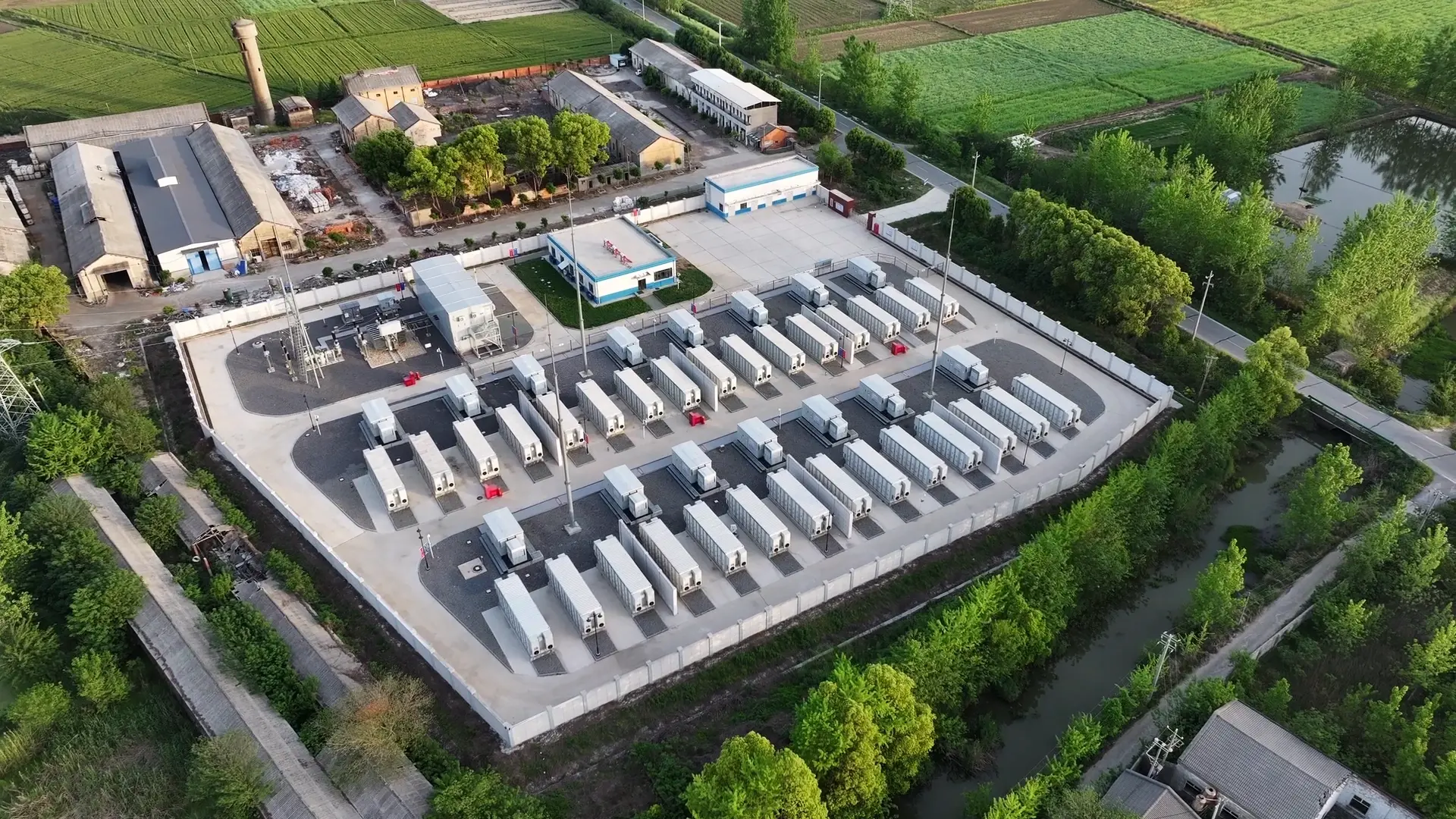In modern data centers, telecom sites, and industrial facilities, the demand for high-power backup continues to grow. At the heart of every UPS lies the UPS battery, responsible for maintaining power stability when it matters most. However, as power density increases, so does heat generation. Without effective thermal management, heat buildup can threaten performance, lifespan, and safety.
Why Temperature Control Matters
UPS backup power batteries are constantly charging and discharging during operation, and this process naturally generates heat. If this heat is not properly managed, the temperature inside the battery can rise quickly. High temperatures can cause several problems, including:
● Faster capacity loss: The battery cannot hold as much energy over time.
● Shortened lifespan: The battery wears out more quickly and needs replacement sooner.
● Higher safety risks: Overheating can lead to thermal runaway, which may cause fires or damage.
In fact, every 10°C increase in battery temperature can almost halve its service life. That means even a small temperature rise can have a significant impact on performance and safety. For these reasons, effective UPS battery cooling and precise temperature control are essential. Keeping batteries within a safe temperature range ensures they remain reliable, efficient, and safe for long-term use.
Thermal Challenges in High-Power UPS Applications
High-power UPS batteries often work inside compact, tightly packed enclosures. In such dense setups, airflow can be limited, and the batteries carry high currents during operation. These conditions make it easy for some battery cells to become hotter than others, creating uneven temperature distribution.
Uneven heat can lead to several issues:
● Cell imbalance: Some cells age faster than others, reducing overall efficiency.
● Faster degradation: Batteries exposed to higher temperatures wear out more quickly.
● Reduced reliability: Overheating in certain areas increases the risk of failure.
To address these challenges, modern battery thermal management solutions focus on:
● Even heat distribution: Ensuring all cells maintain a similar temperature.
● Efficient cooling methods: Using air, ventilation, or liquid cooling systems to remove heat effectively.
● Smart temperature regulation: Integrating sensors and battery management systems (BMS) to monitor and control temperature in real time.
By combining these strategies, high-power batteries can operate safely, efficiently, and with a longer service life, even under demanding conditions.
Common UPS Battery Cooling Methods
High-power UPS batteries generate significant heat during operation, and choosing the right cooling method is essential to maintain performance and safety. The most common cooling approaches include air cooling, ventilation or air conditioning, and liquid cooling.
1. Air Cooling
Air cooling is the most traditional and cost-effective method for UPS battery cooling. Fans or natural airflow carry heat away from the battery modules. This approach is simple to implement and requires minimal maintenance. However, in high-density battery setups, air cooling may struggle to keep temperatures uniform across all cells. Uneven heat can lead to faster degradation in certain battery areas and reduce overall efficiency.
2. Ventilation and Air Conditioning
For medium- to large-scale installations, dedicated ventilation systems or room-level air conditioning can help maintain a stable ambient temperature. Proper airflow design ensures that hot spots are minimized, preventing localized overheating. This method is particularly effective for data centers or telecom rooms with multiple battery racks. While more energy-intensive than basic air cooling, it significantly improves UPS battery thermal management and overall reliability.
3. Liquid Cooling
As UPS batteries become more powerful and compact, liquid cooling is increasingly the preferred solution. Coolant circulates around the battery modules, efficiently removing heat and maintaining precise temperature balance. Liquid-cooled UPS batteries support compact designs and can operate safely under high load conditions. This cooling method is especially suitable for demanding environments, such as AI data centers, edge computing sites, and other high-density applications. When combined with a smart battery management system (BMS), liquid cooling ensures consistent temperature control, extends battery lifespan, and improves overall system efficiency.
Smart Temperature Control with BMS
Modern UPS lithium batteries are equipped with intelligent Battery Management Systems (BMS) that constantly monitor key parameters such as temperature, voltage, and current. These systems work together with cooling solutions to maintain safe and stable operation.
The BMS can:
● Automatically adjust fan or pump speed to match the battery’s cooling needs.
● Detect abnormal temperature rises early, before they cause damage.
● Prevent overheating and potential failures, ensuring safe operation.
By using real-time sensors and smart algorithms, advanced UPS backup power system temperature control ensures even cooling across all cells. This not only keeps the batteries operating efficiently but also reduces unnecessary energy use, prolonging battery life and improving overall reliability.
Benefits of Effective Thermal Management
Proper battery thermal management brings clear operational and financial advantages:
1. Longer lifespan
Maintaining safe temperatures slows battery aging and reduces the need for frequent replacements.
2. Higher efficiency
Balanced heat distribution ensures batteries perform at their best, improving energy conversion.
3. Enhanced safety
Prevents overheating and reduces the risk of thermal runaway or system failures.
4. Lower maintenance costs
Fewer temperature-related problems mean less downtime and reduced servicing needs.
5. Improved reliability
Stable temperature control keeps backup power available whenever it’s needed.
By keeping UPS batteries within the recommended temperature range, organizations can maximize performance while lowering total cost of ownership (TCO) over time.
Conclusion
Thermal management is the foundation of reliable UPS battery performance. From airflow design to advanced liquid cooling and intelligent temperature control, efficient cooling ensures safety, longevity, and energy efficiency.
As power demands continue to rise, next-generation UPS batteries will rely on smarter, more sustainable cooling technologies, keeping critical systems powered and protected.




























 2025-10-27
2025-10-27 Name
Name Tel
Tel Email
Email Country
Country Company
Company Information
Information